deserted
[2019]
-
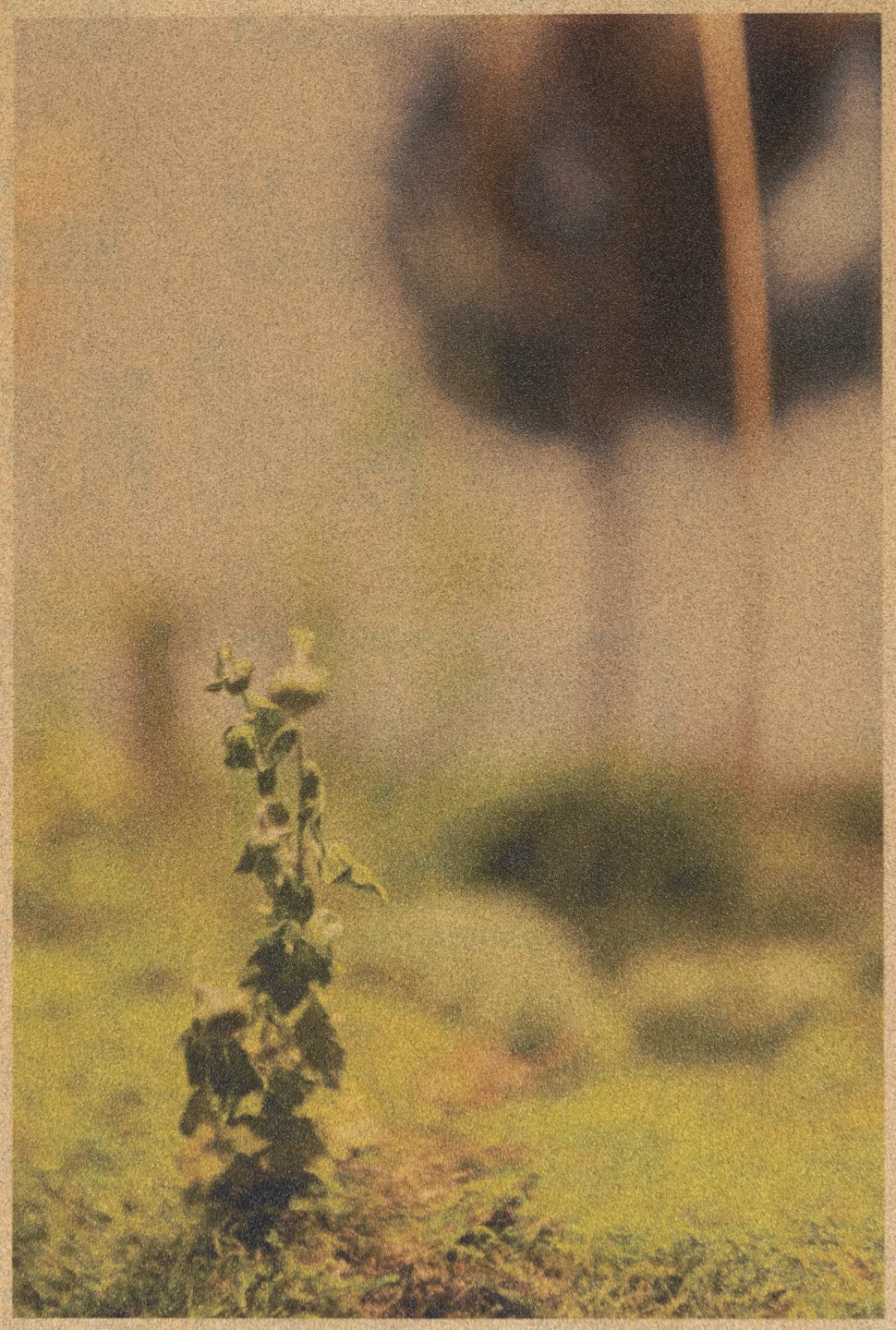 available
availableArtist: Shawn Saumell
Title: "Hone"
Medium: archival pigments on 150 fine grade sandpaper
Size: 7.5"x11"Date: 2019
Edition: 3 + 1 AP -
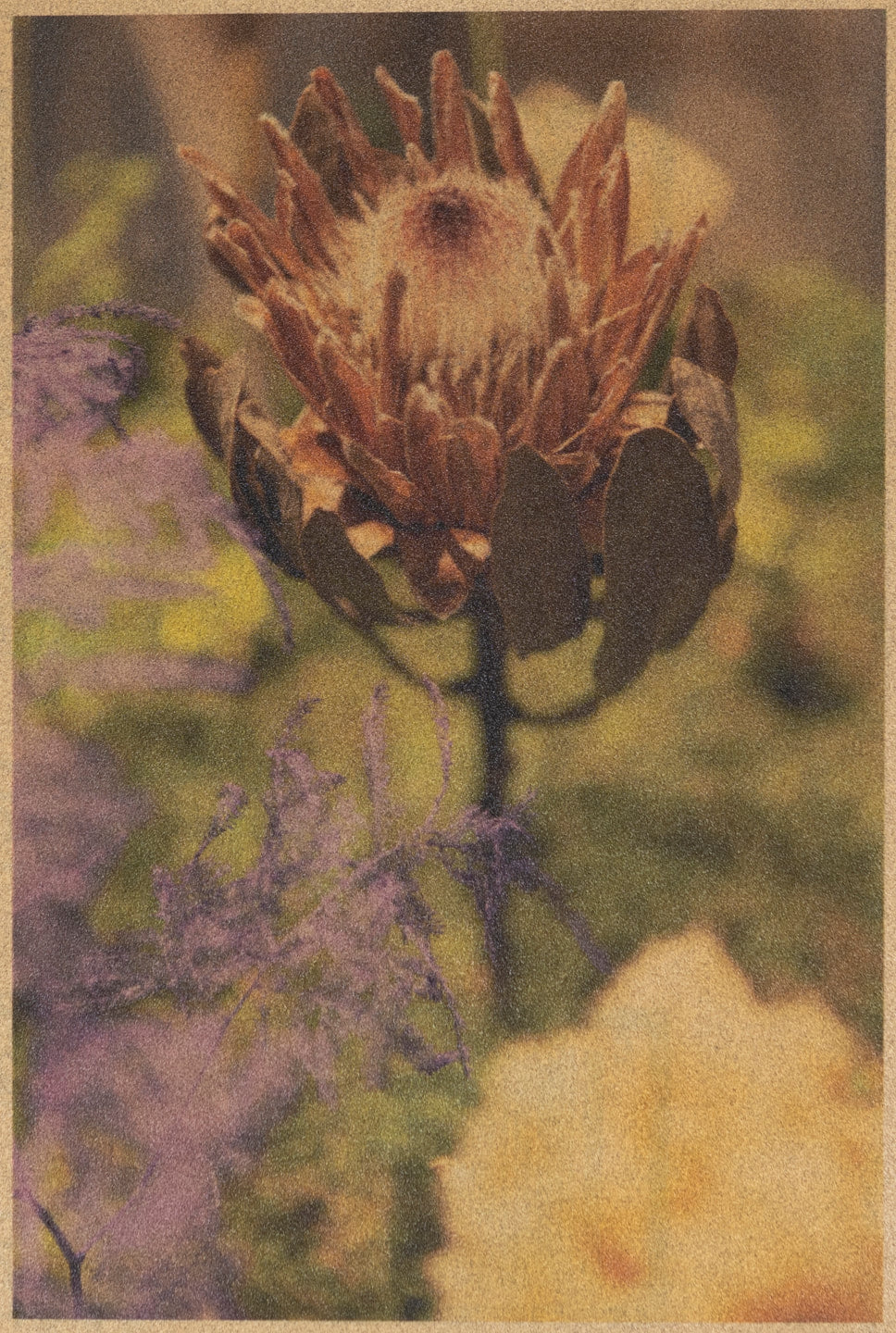 available
availableArtist: Shawn Saumell
Title: "Plage"
Medium: archival pigments on 150 fine grade sandpaper
Size: 7.5"x11"Date: 2019
Edition: 3 + 1 AP -
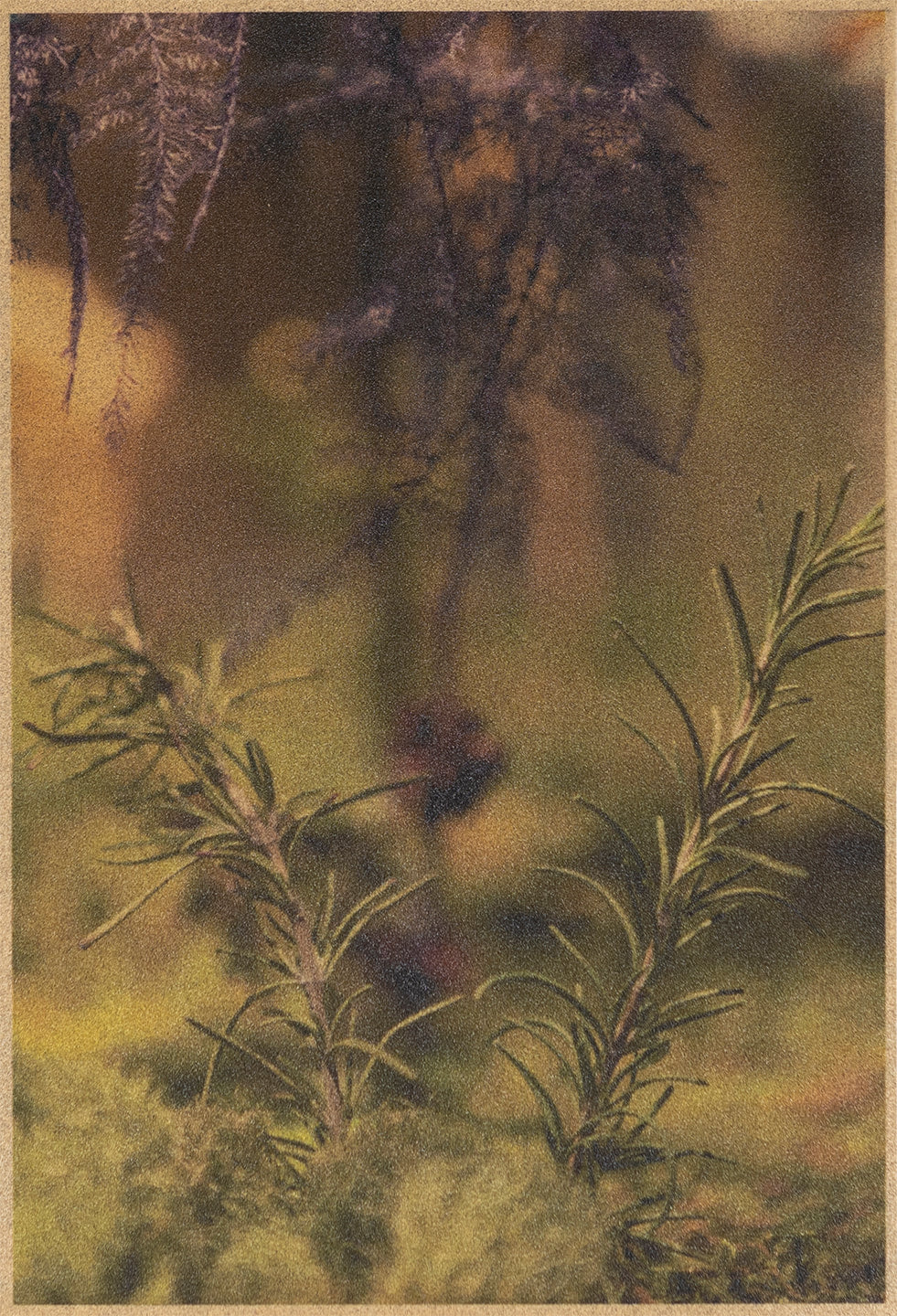 available
availableArtist: Shawn Saumell
Title: "Esplanade"
Medium: archival pigments on 150 fine grade sandpaper
Size: 7.5"x11"Date: 2019
Edition: 3 + 1 AP
-
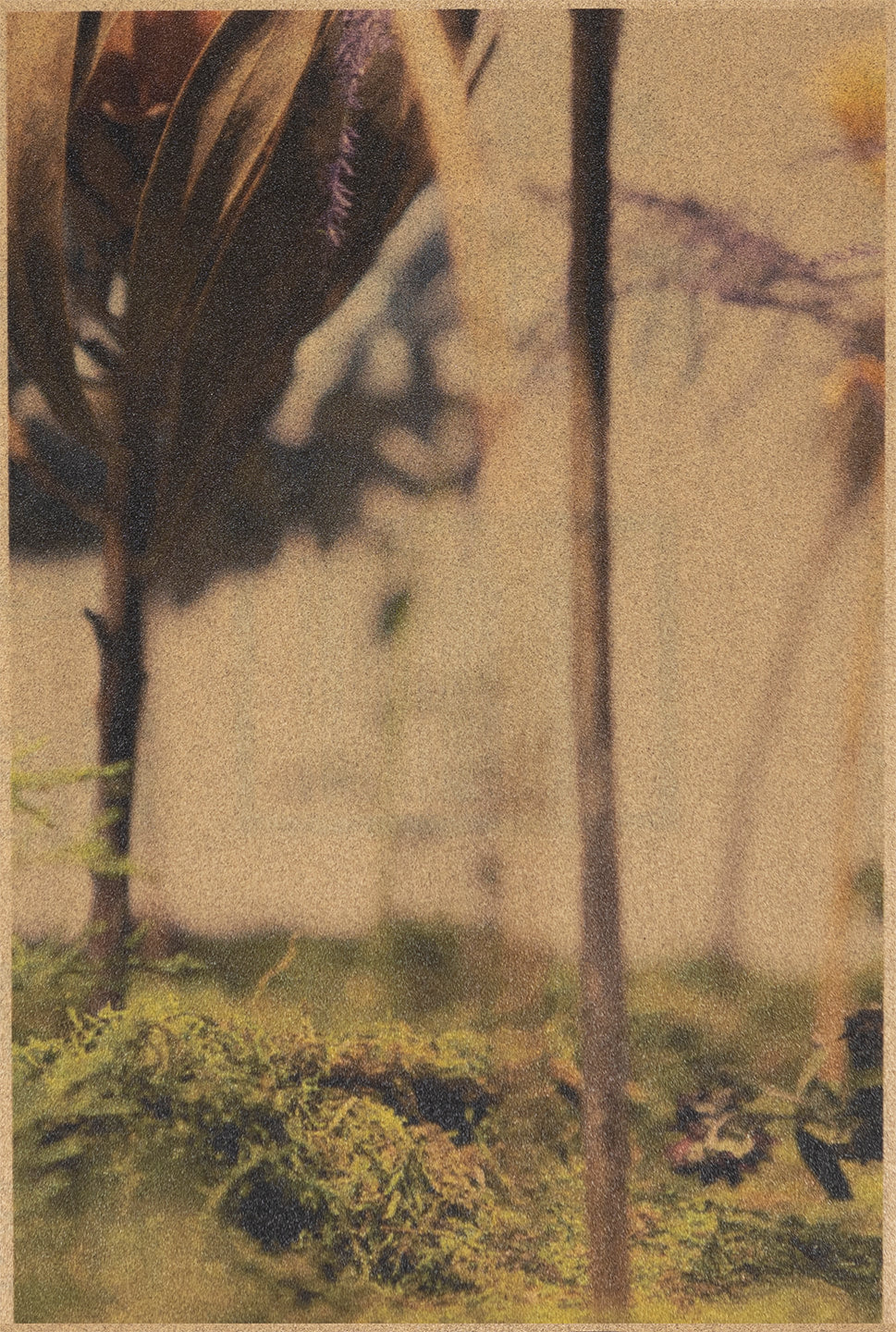 available
availableArtist: Shawn Saumell
Title: "Littoral"
Medium: archival pigments on 150 fine grade sandpaper
Size: 7.5"x11"Date: 2019
Edition: 3 + 1 AP -
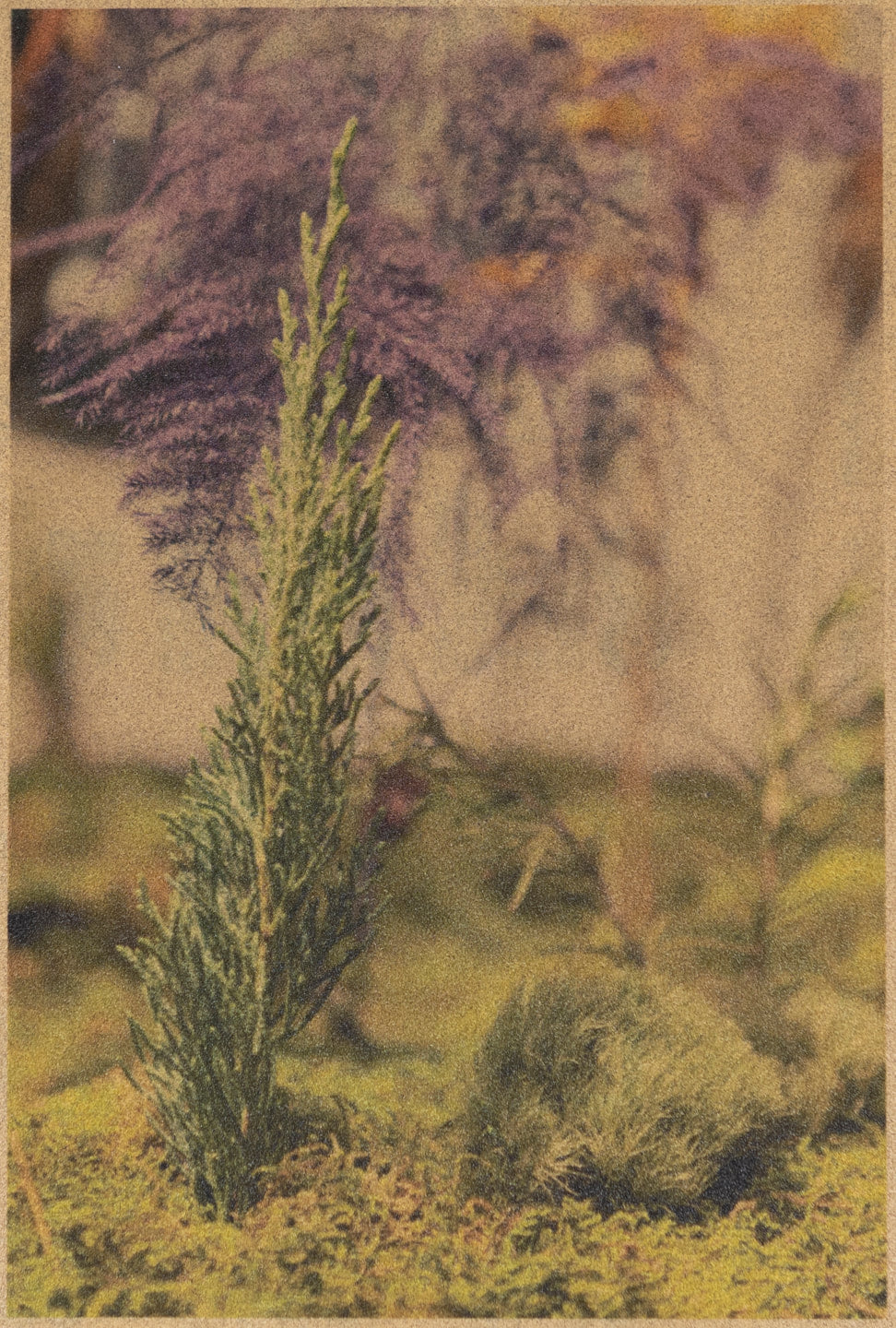 available
availableArtist: Shawn Saumell
Title: "Rasp"
Medium: archival pigments on 150 fine grade sandpaper
Size: 7.5"x11"Date: 2019
Edition: 3 + 1 AP -
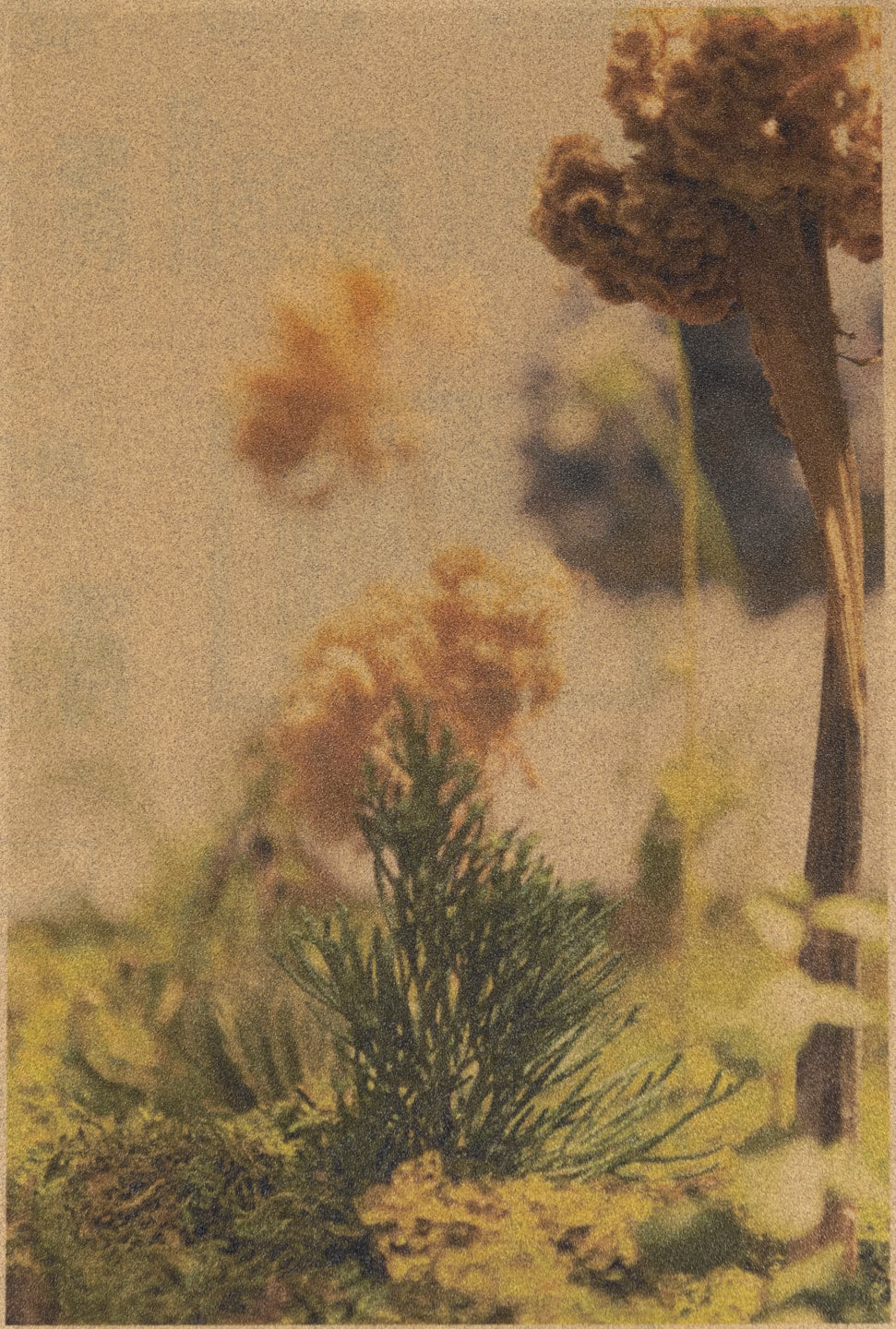 available
availableArtist: Shawn Saumell
Title: "Strand"
Medium: archival pigments on 150 fine grade sandpaper
Size: 7.5"x11"Date: 2019
Edition: 2 + 1 AP
See one of my sandpaper prints in a short video below...
-
-
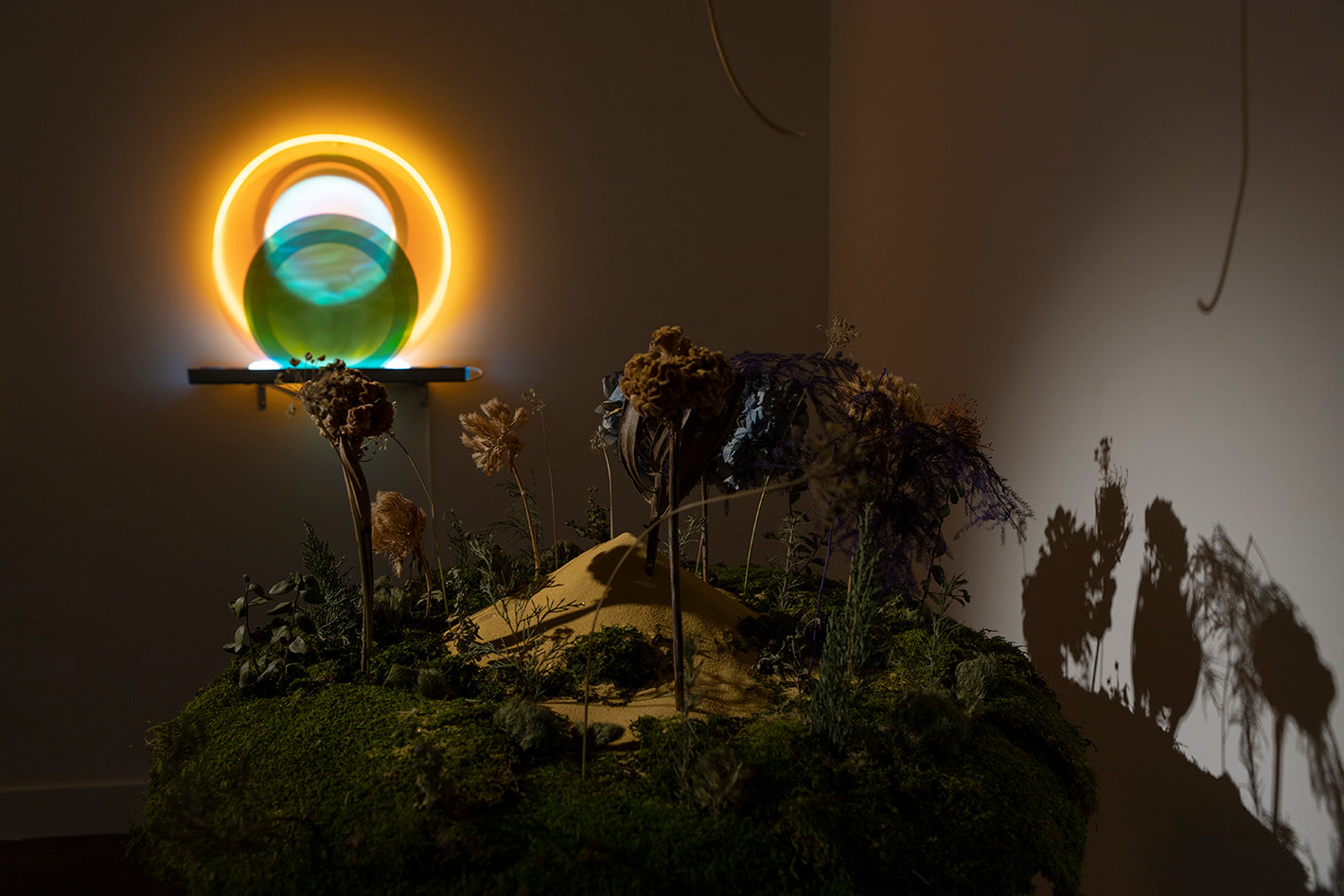
Installation view of kinetic sculpture by Shawn Saumell and Carmen Menza with Menza's light-based piece in the background, 2019
-
artist statement
Shawn Saumell and Carmen Menza
We have come to a point in time where it seems nearly impossible to ignore or reject ideas and scientific facts about the degradation of our planet and the destructive effects that we are witnessing in our own time. In this collaborative installation, Menza and Saumell consider the issues of desertification and global warming, issues that have a wide-ranging impact on our human population. The causes of desertification are: climate change, urbanization, industrialization, unsustainable farming, and deforestation. The effects are a food supply that is in danger, human migration, and poverty. Some 60 million people are expected to eventually flee desertified areas in Sub-Saharan Africa towards northern Africa and Europe in the next 20 years. Every year, between 700,000 and 900,000 Mexicans leave their rural dryland homes to find a living as migrant workers in the United States.
Saumell’s work spreads the idea of sand. Actual sand texture is overlaid with simulated textures of sand. In one work, the artist photographs the constructed landscape and then prints unconventionally on sandpaper as the land’s seemingly inevitable future, should the path not be interrupted. In another work, Saumell has framed a sand board, which is then activated by a video of desert sands blowing across in a very Zen and mesmerizing infinite motion to activate the movement.
Menza’s work transposes these environmental issues into varying constructed works through the use of light, reflective surfaces, video and soundscape. By utilizing materials that are symbols of industrialization, such as universal beams, LED’s and glass, she endeavors to create a conversation for our present time. The soundscape is a subtle but an inescapable wind.
Menza and Saumell meet in the middle and conspire in a centerpiece about this prophetic work. The two conjointly present a lush world that is slowly transforming before our eyes. Time-lapse is presented in real time where an IV bag deposits the sands of time to envelop a verdant land. The viewer is able to grasp the concept easier than sand.
While Carmen created stunning light-based works, Saumell photographed various niches in the constructed landscape. Thinking of form, content, and function, Saumell wanted to illustrate the predictable direction of our Earth’s fate, should positive and responsible changes not be made. Saumell likes experimenting with materials. To push the idea of sand in this self-prophetic work, he decided to unconventionally print the photographs directly onto sandpaper.
Their works address our shifting landscapes and consequences on Earth and strive to bring attention to these important world issues.






